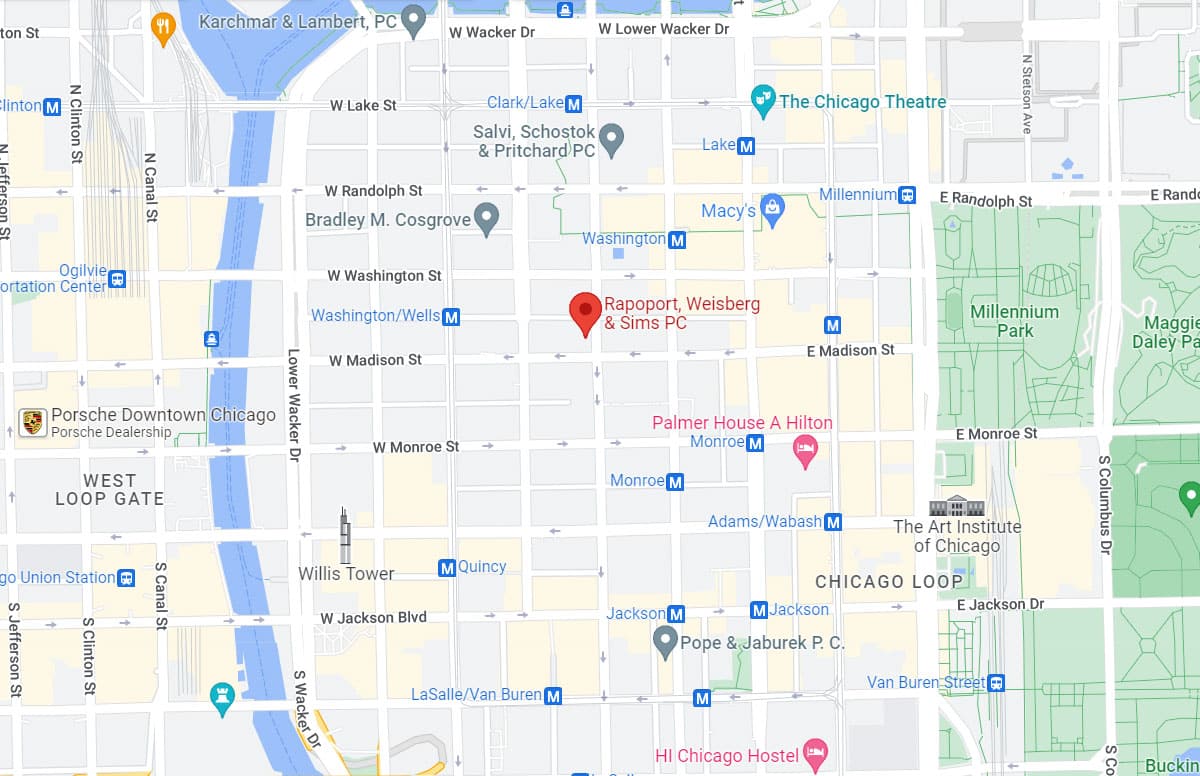The National Highway Traffic Safety Administration has frequently repeated its goal of eliminating traffic deaths throughout the country. Vision Zero is the term used to describe this admirable goal. Several U.S. cities have adopted traffic safety measures with the stated goal of achieving zero traffic deaths. As a nation, the picture is not so rosy. The numbers for 2013 show just how far away from that goal we are. Nearly 38,000 people died in traffic accidents last year, including more than 4,700 pedestrians.
While achieving zero traffic deaths may seem unrealistic to many, reducing the traffic fatality rate is clearly obtainable. Several countries, including the United Kingdom and Germany, have traffic fatality rates far below ours. Even after factoring in the differences in population and miles driven, these countries have substantially fewer deaths. While there are many differences in the laws and culture in these countries, there is no reason to think that traffic deaths cannot also be reduced here.
One area of significant concern is the continued prevalence of alcohol related traffic deaths. According to the NHTSA, 31 percent of traffic deaths involve accidents where alcohol was a factor. Roughly one-quarter of drunk drivers who cause fatalities have had their licenses suspended or revoked in the three years prior to the accident. More effort is needed to reduce the impact of alcohol on the safety of U.S. roads.
An additional element is the design of U.S. roads. Dangerous roads are not uncommon throughout the United States. Out of date designs, poor maintenance and dangerous conditions can be found on roads in all 50 states. These roads contribute to congestion and increase the likelihood of an accident. These and other factors could all be addressed in brining Vision Zero closer to reality.
Source: Streetsblog USA, “NHTSA Touts Decrease in Traffic Deaths, But 32,719 Ain’t No Vision Zero,” by Tanya Snyder, 22 December 2014
